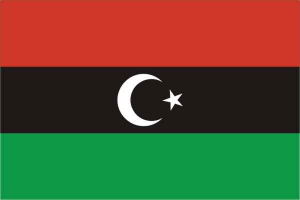Language/Libyan-arabic/Grammar/Conditional-Mood
Hi Libyan Arabic learners! 😊
In today's lesson, we will be discussing the conditional mood in Libyan Arabic. This is an important part of the language and it is essential to understand it in order to communicate effectively. We will look at how to form the conditional mood, when to use it, and some examples of its usage.
Finish this lesson and explore these related pages: Questions, Plurals, How to Use Have & Future Tense.
==Forming the Conditional Mood==
The conditional mood in Libyan Arabic is formed by adding the suffix -u to the verb stem. For example, the verb stem for "to write" is katab- and the conditional form would be katabu. The same suffix is used for all persons and genders.
===When to Use the Conditional Mood===
The conditional mood is used to express a hypothetical situation or a wish. It can also be used to express a polite request. For example:
- If I had more time, I would learn Libyan Arabic.
- I wish I could speak Libyan Arabic fluently.
- Could you please help me with this exercise?
==Examples of Usage==
Here are some examples of the conditional mood in action:
- If I had the money, I would buy a new car.
- I wish I could travel to Libya one day.
- Could you please explain this grammar rule again?
==Conclusion==
We have looked at how to form the conditional mood in Libyan Arabic and when to use it. With practice, you will become more familiar with the conditional mood and be able to use it confidently in your conversations.
If you have any questions, please ask them in the comments section below.
Feel free to edit this wiki page if you think it can be improved. 😎

